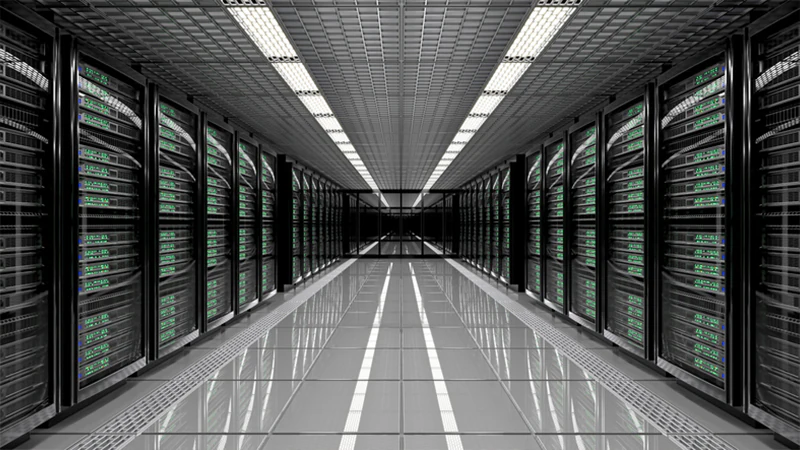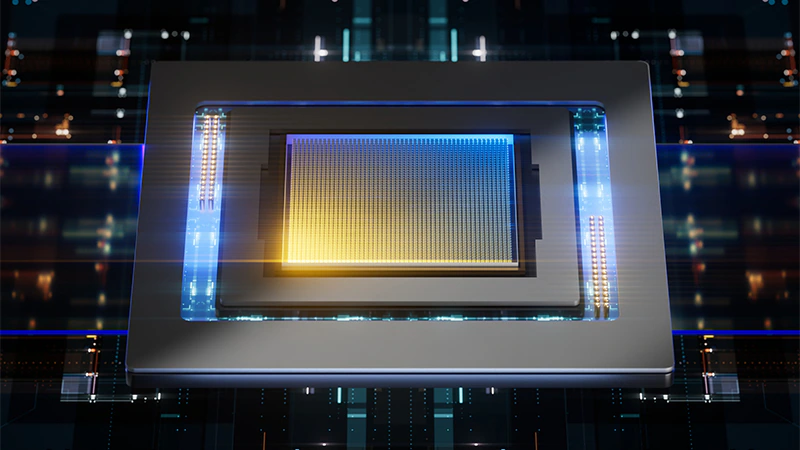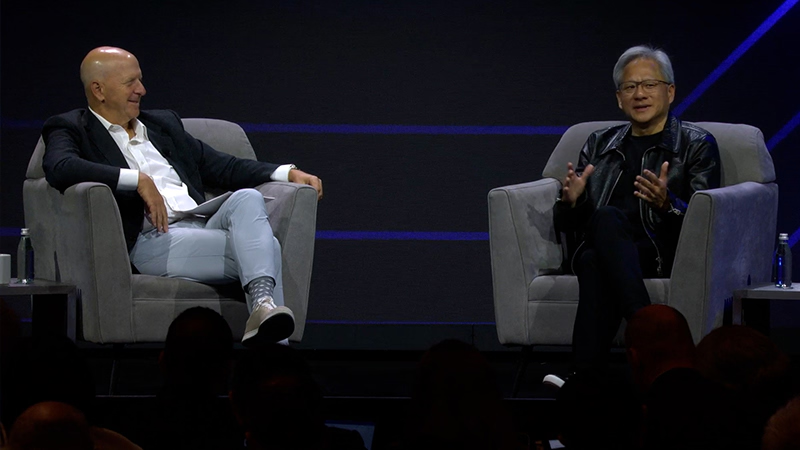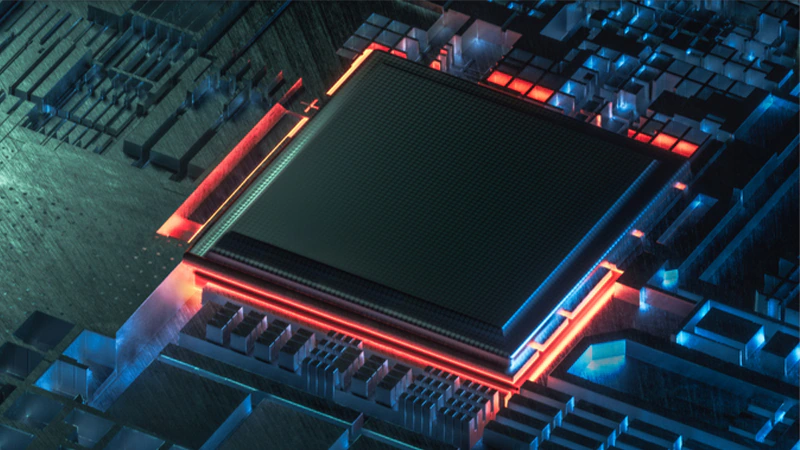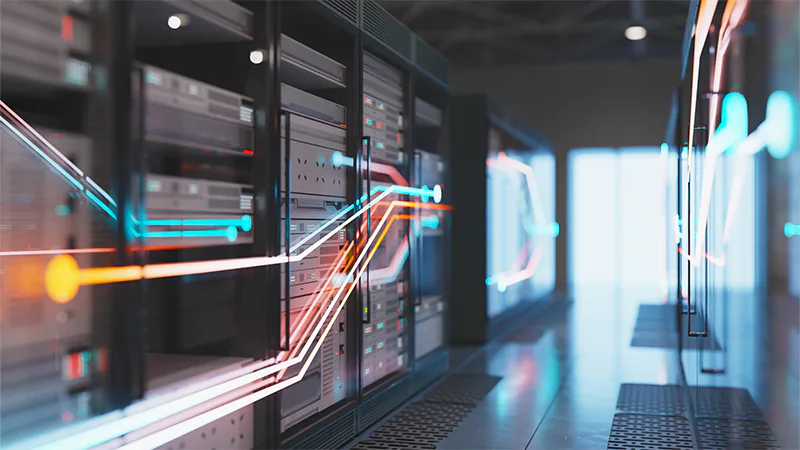Will the $1 trillion of generative AI investment pay off?
A tide of investment is pouring into generative artificial intelligence. Will it be worth it? “That’s the center of all debate right now,” says Sung Cho of Goldman Sachs Asset Management. Investment is flowing into everything from the silicon underpinning the training of artificial intelligence models to the power companies that supply electricity to acres of data centers. To see where the industry is headed, Cho and Brook Dane, portfolio managers on the Fundamental Equity team in Goldman Sachs Asset Management, met with executives from 20 leading technology companies driving AI innovation. Those conversations — with public and private firms, from semiconductor makers to software giants — indicate that some companies are already generating returns from AI, and some would buy even more AI hardware if they could get their hands on it. “Our confidence continues to increase that this technology cycle is real,” Dane says. “It’s going to be big, as they say.” But there are also risks. Cho and Dane say it’s possible that the large language models being built by a handful of companies will find they are competing in a winner-takes-all market. The use cases, or killer apps, that fully justify the intense investment are yet to emerge. They also point out that, in a year in which US stock indexes have set successive record highs, no rally in tech stocks ever goes in a straight line. “You get these waves of both investment-digestion and hype-reality,” Dane says. “And the two of them play out across a multi-year horizon.” Cho and Dane’s insights come as Goldman Sachs Research recently published an examination of the immense amount of investment in AI, featuring interviews with Daron Acemoglu, Institute Professor at MIT, and Jim Covello, Goldman Sachs’ Head of Global Equity Research. The report, titled “Gen AI: too much spend, too little benefit?” notes that mega tech firms, corporations, and utilities are set to spend around $1 trillion on capital expenditures in the coming years to support AI. We spoke with Goldman Sachs Asset Management’s Cho and Dane about the prospects for the industry’s return on its investments, whether this trend is primarily playing out in public or in private markets, and the companies that can hope to capitalize on the AI boom. How much investment are you seeing in these models? And do you think it’s realistic to see a return on investment that justifies that capital anytime soon? Sung Cho: That’s the center of all debate right now. Brook Dane: The biggest question in the marketplace right now is: Are we getting a return on the investment? I’m reasonably comfortable that we are seeing that return. And there are a couple of data points I’m looking at that give me comfort. First: We spent a lot of time on this trip talking with the CFO of a hyperscaler who had just come back from their strategic planning, where they’re doing their one-, three-, five-year forward looks. This person talked very openly, not with any kind of numbers whatsoever, about how they were doing the RoI calculations across the clusters where they were deploying GPUs and how they were finding it very accretive from a return standpoint. Now, this company is already running massive inferencing (using already-trained AI models to reason or make predictions) workloads across their infrastructure for recommendation engines. They’re seeing results in terms of increases in time spent on their platforms, as these models have predicted, with the next piece of content. So for them, the RoI calculation is probably the simplest to calculate, because you can deploy a cluster, you can do a more sophisticated algorithm that can then lead to more time spent, which can lead to more advertising surface, which can then drive revenue. The second thing, and this is from following the industry over the long term and having had lots of recent discussions with another hyperscaler around their capital spending plans: We know how disciplined they have always been historically, and how they’re seeing both incremental revenue pick up, and seeing the incremental returns that they get out of their capital spending. This CFO is emphatic that they have the money, and if they could get more GPUs to deploy they would. Having known this person for 20 years, and understanding how they approach capital budgets, how they spend their capital — this person wouldn’t be doing that if there wasn’t a genuine, real, tangible return that they can see in front of them. And they’re pretty emphatic. But it’s early, and the other downside is that for these frontier models you can’t fall off the front end of the wave. You can’t be the fourth frontier model that doesn’t spend the incremental $1 billion dollars to get your model to be better. So for those guys, there’s a bit of an arms race here, and there’s a little bit of a leap of faith embedded in that. Sung, what’s your view on the RoI question? Sung Cho: This is one of the most important questions. And that’s what’s going to dictate the direction of markets over the next six to 12 months at least, and whether tech continues to outperform or not. Obviously with any RoI question, you have to understand the scale of what’s been invested so far. If you look at NVIDIA’s revenues in calendar year 2022, they did $26 billion dollars in revenue. And they did $26 billion dollars in revenue this most recent quarter. So in basically two years, NVIDIA has quadrupled its revenues. If you compare what’s being spent on NVIDIA to total cloud capital expenditures, nearly 50% is going into NVIDIA chips. So the investment in AI has been massive. And if you think about RoI, the starting point is around the “I,” which has been very, very high. If you are a bull, the most important thing here, and Brook mentioned this, is that right now there’s a race to see who can build the best foundational model (general purpose models that can be applied
Will the $1 trillion of generative AI investment pay off? Read More »

